Since the dawn of photography, thinkers have questioned the meaning of art and how humans should interpret it. Aesthetics were no longer thought of as mimetic and impulsive – suddenly there was a method to artistic whimsy.
Have you ever thought of your practice in terms of aesthetics, however? Perhaps the arrangement of the furniture in your lobby and the art you chose to hang up on your walls were artistic choices. Do you think of your revenue cycle management system as ‘pretty’?
When aesthetic thinkers like Monroe Beardsley argue that a piece of art is aesthetically valid depending on its function within a particular context, you may not think of your practice. However, your RCM system and its byproducts may be functionally beautiful, and you didn’t even know.
We dig deeper below.
Can Technology Be Attractive?
Apple made enterprise technology attractive by combining good looks and usability, and even PC companies have followed suit. Shouldn’t your machines’ applications and software be as usable and beautiful as their designs?
Furthermore, an aesthetically sound – on both the design and usability fronts – RCM system will make your practice far more efficient, which makes you look good to patients and other visitors alike.
We can even stretch this idea out a bit. A good RCM system must be designed for humans to maximize their time and effort under the stress a medical practice carries with it.
D.A. Norman’s 2002 study on emotions and design stipulates that in order for products to follow “good human-centered design,” good aesthetics must be taken into account because they make users feel more relaxed.
A combination of efficiency and relaxation leads to a more comfortable staff – with little to no visible, physical signs of stress. This means your staff is happier and more willing to smile when using an efficient RCM system, which makes patients that much more comfortable and impressed.
Sleek Office Space
Stacks of folders teeming with multi-hued paper and similar messes aren’t exactly attractive to patients, employees, or business partners visiting your practice. A digital revenue cycle management system can cut down the clutter and make for a more sleek and professional office, allowing for a modern look that reflects the way you practice.
Also, rationalist philosophy dictates that design is informed by knowledge and research in a controlled manner, which represents your practice’s collective thought process. This gives a sense of comfort and control to your staff and enhances the patient experience by imbuing a sense of confidence in their physicians.
Lastly, think about applied aesthetics. The relationship between humans and interior design is similar to user experience design, except it involves surroundings and not two-dimensional computer applications.
For a patient or other visitor to feel comfortable at your practice, there should exist a link between design and its user, promoting a dialogue between the two boosted by the tenets of behavioral science.
And of course, there is sleek for sleek’s sake.
Money as a Symbol
By organizing your practice’s workflow and ensuring you follow through on each stage of the revenue cycle, RCM systems save and earn you money. Money, of course, is attractive. But beyond any materialistic constructs, why is money so appealing?
Money is often correlated with clout and cachet. A number of historians and sociologists suggest there may be evolutionary ties that make this tenet particularly true among men – money indicates a man is a good provider.
Moreover, money is concomitant with a certain lifestyle, one that is attractive to both physicians and their social circles and is thought to go hand-in-hand with success.
Lastly, more money means philanthropy. According to a Philanthropy Review report titled “The Aha: Why donors give, why non-donors don’t and what to do about it,” giving makes you attractive to your social circle, whether you’re intrinsically disposed to giving or your motivations lie elsewhere.
No matter what way you put it – or how you make it, rather – money is a powerful symbol in our culture.
In the end, an effective RCM system keeps doctors in business, and we can’t think of more attractive things up your alley.
What do you think? Can an effective RCM system make you look good?




